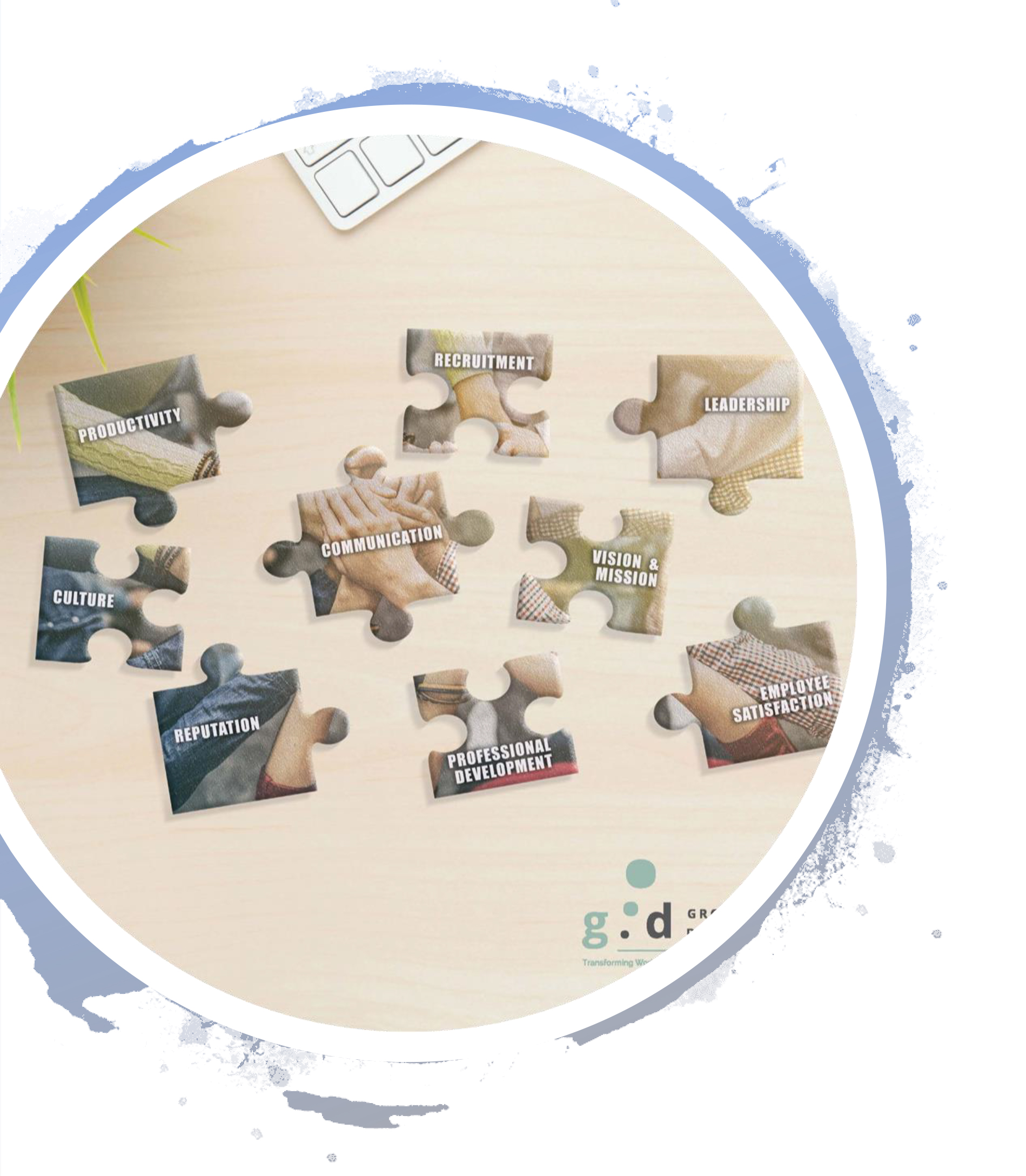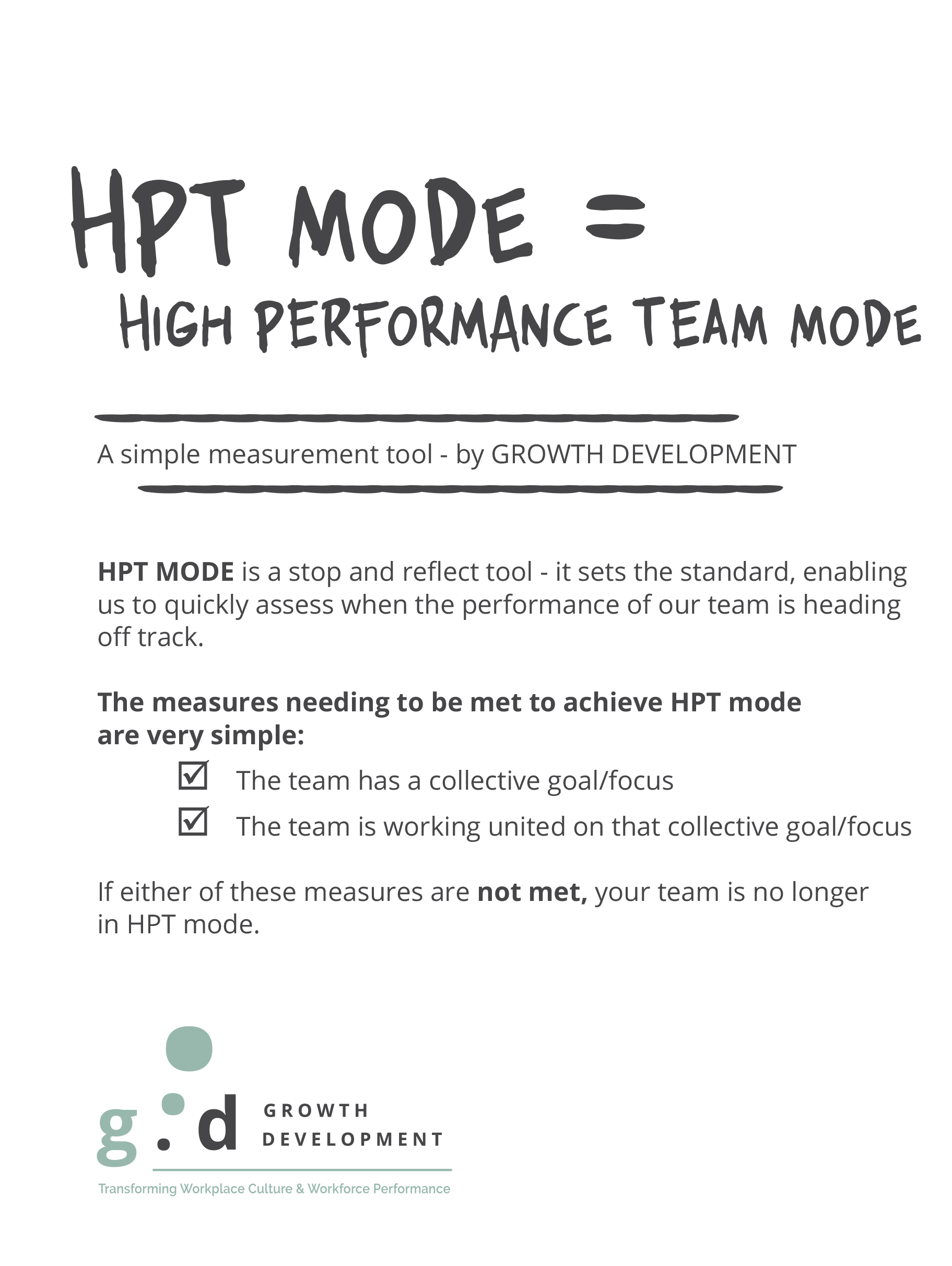|| BREAKOUT SPACE
THE SPAGHETTI EXPERIMENT

The Challenge
To build the tallest possible structure in 18 minutes using the following items:
• twenty pieces of uncooked spaghetti
• one yard of transparent tape (91.44 cm)
• one yard of string (91.44 cm)
• one standard size marshmallow
• the marshmallow must end up on top

Name who you think was the leader in the group and why?
Challenge Results & Observation Feedback
Research
'Why do certain groups add up to be greater than the sum of their parts, while others add up to less?’
The designer of the Spaghetti Exercise was engineer Peter Skillman who held a competition to find out the answer to this question.
Over several months, he assembled a series of four person groups at various locations including universities all around the world. The fascinating part of the experiment had less to do with the task than with the participants. The core groups featured in the research consisted of:
• Business students
• Lawyers
• CEOS
• Kindergartners
Research Results
Business Students - 10 inches (25.4 cm)
Lawyers - 15 inches (38.1 cm)
CEOS - 22 inches (55.88 cm)
Kindergartners - 26 inches (66.04 cm)


HIGHEST PERFORMERS: THE KINDERGARTNERS
No strategizing. No analysis. No sharing experiences.No questions, proposed options or hones ideas. They barely talked at all. They stood very close to one another. Their interactions were not smooth or organised. They spoke in short bursts (when they did speak): "Here! No, here!" Their entire technique might be described as 'trying a bunch of stuff together’.
-- KEY LEARNINGS --
How we normally think about performance, including what makes this up e.g intelligence, proven skills and experience, is wrong
Whilst groups based on such societal expectations may appear to be collaborating, they are in fact engaging in a process psychologists call 'status management'; their energy is focused on where they fit... Who is in charge? Is it ok to criticise someone's idea? What are the rules here? What will people think if I contribute my idea? ... which means it is not focussed on the task
So much time spent on status management, disables the group to grasp the essence of the presenting problem - as a result, efforts often fail and time runs out (e.g not meeting KPIs)
The interactions of low performing groups appear outwardly smooth, but the underlying behaviour is riddled with inefficiency, hesitation and subtle competition
Whilst, at first sight, the most successful group appears disorganised, when you view them as a whole entity, their behaviour is efficient and effective
When there is no competition for status or worry about what others think, it means that full focus can be on the task at hand
They experiment, take risks and notice outcomes - this guides effective solutions
Optimum group performance isn't about being smarter - it is about working together in a smart way
High performance groups are energetic and united
They are able to move quickly, spotting problems and helping each other out


2018 Growth Development. All Rights Reserved | Design by Annex Group